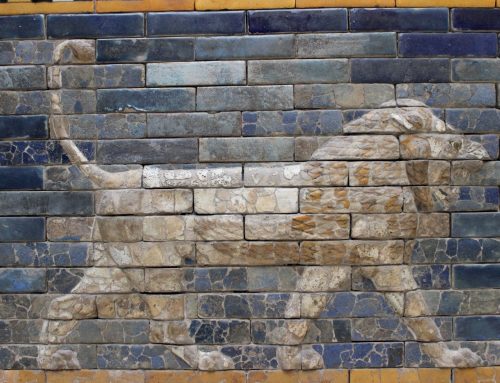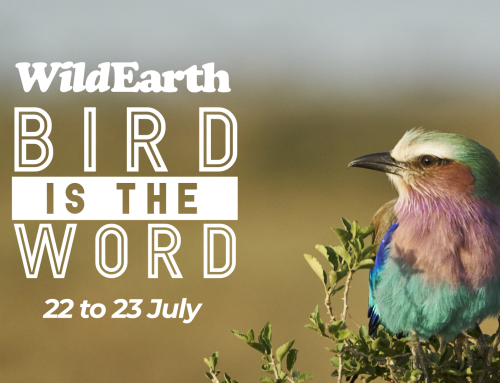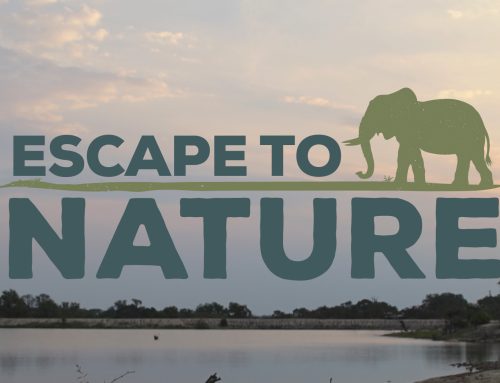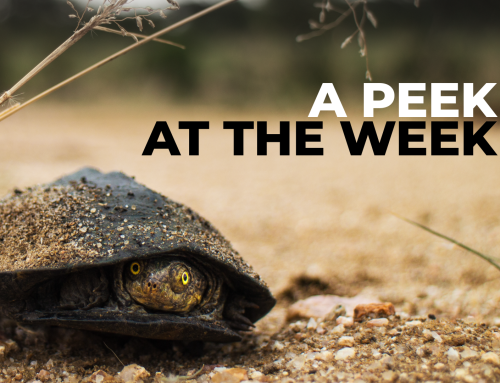The descent into Tswalu’s airstrip provided me with a real rush of adrenaline and excitement. The time had finally arrived when my adventure with the Gosa meerkat gang was about to begin. 3 months of seemingly unimaginable experiences lie ahead of me.
What really struck me, initially from the air and later as we made our way to “base camp”, was how this part of the Kalahari appeared so green and lush. Not two words you would normally associate with one of our planet’s harshest environments. I was however, reminded that my new home is still very much in the desert, when I arrived back at base camp later that afternoon. The afternoon drive involved a visit to two of the Gosa gang’s burrows and a short, refreshing, skin-stinging rainstorm followed by a magnificent Kalahari sunset. Taking off my shoes back at base camp revealed enough fine, red sand to fill the greenside bunker at the 17th hole at St. Andrew’s. Welcome to the Kalahari.
The WildEarth team is trying to establish what the meerkats’ burrow systems look like underground, and to that end have employed the help of Barry Barnard, an expert in ground-penetrating radar systems. I spent much of my second day assisting him as we tried to get an impression of the complexity of the tunnels and chambers of the burrows that the Gosa gang call home. It was hard work and by the middle of the day it had become very hot and thirsty work. Welcome to the Kalahari indeed!
Judging from the different coloured blobs we were shown on his computer screen last night, it appears that there is indeed much to learn about the literal ins and outs of these burrows from Barry and his magnificent machine (sounds like the title to a children’s story). How far we can go with this new information remains to be seen, but from my point of view it is certainly very exciting to be involved with a project that is pushing the boundaries of what we think is possible.
This morning was a very interesting one on a number of levels. I was given the job of walking with the meerkats today in order to familiarise myself with their behaviour and patterns and basically introduce myself to the Gosa gang. After 2 days, excitement levels were pretty high as I was to finally meet the meerkats that would be dominating my life for the next 3 months….or should I say meerkat! After waiting patiently for the sun to makes its appearance above the koppie(small mountain) and cast its light on the Gosa gang’s Camelthorn burrow, Solo, a female meerkat popped her head out and took in her surroundings. She was visibly nervous, but not so much to suggest that we were witnessing anything out of the ordinary. As she allowed her belly to be warmed by the sun, she continued to be extremely vigilant to the point of appearing rather paranoid.
Several minutes past and with no sign of the rest of the gang, we (Graham, Peter and Barry were also there to test equipment and continue work with the radar) started speculating that Solo was alone. We realised this was indeed the case when she eventually decided to move away from the burrow with yours truly as her chaperone. The speed of a nervous, solitary meerkat coupled with the not insignificant factor of a blanket of knee-high grass, meant that my earlier idea of a leisurely morning walk with the meerkats would be anything but. Every ten metres she would turn around to see if I was still there and after about 70 metres she had obviously decided that she would prefer to spend the rest of the morning without me and disappeared down a bolt hole. Despite the fact that she had not appeared bothered by our presence at her burrow, she was not yet prepared to have me follow her on foot and that is something that we have to respect.
Upon our return to base camp we were able to ascertain via the Tswalu researcher’s grapevine, that Solo had in fact been kicked out of the Gosa gang at some point in November last year. We can only speculate as to the reasons for this, but I can’t help but be amazed at the tenacity of this meerkat who has survived on her own for such a considerable length of time, in an environment not short of predators looking for an easy meal. The recent good rains will have certainly played their part in her survival. The long grass has provided her with great cover and perhaps food has also been easier to come by. Her ultra-vigilant attitude would no doubt have stood her in good stead too. What remains to be seen is how Solo manages as the days start to get shorter and we move closer to the harshness of the Kalahari winter (although judging from how warm it felt at 9am this morning, that feels a long way away).
Well folks, I think it’s time I signed off and stopped my social loafing and went to help Rob make the Ganda, more….mobile…..shall we say. That’s a scary prospect. What the hell do I know about Land Rovers?
Chat soon
Garth





